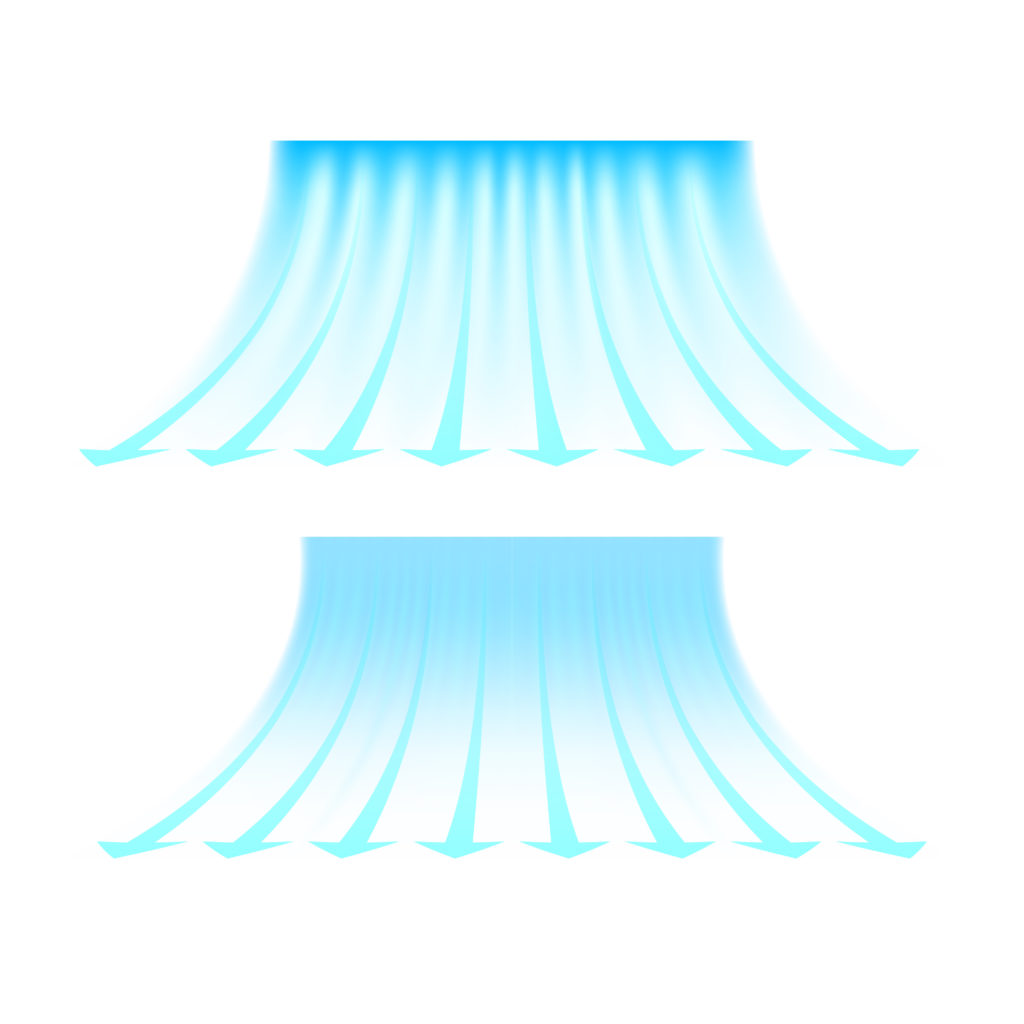When you walk into your kitchen one day, you notice that cold air is coming down the vent of the range hood into your kitchen. What could be the cause of this problem?
The good news is that this is an easy problem to solve.
Install a backdraft damper if cold air is coming down your range hood vent. The most reliable damper is one that is spring-loaded. It is important to check if your backdraft damper is bent or damaged if you already have one. Additionally, you need to ensure that the damper is free of grease and grime. Ideally, it should be able to open and close smoothly.
Option 1 – Add A Backdraft Damper.
Backdraft dampers can be installed in two places.
You can prevent debris and small animals from entering the duct by installing a damper a few feet away from your vent cap. If you are concerned about backdrafting, it is a good idea to place the damper a few feet away from the top of the hood where it connects to the duct so that there will be no backdrafting.

There should be one backdraft damper on a range hood in general. A hood might have two dampers: one near the point where the duct connects to the hood, and another at the other end of the ductwork. The majority of the time, however, it is not necessary to use two dampers.
In comparison to a damper without a spring, a spring-loaded damper does a better job of keeping cold air out than a standard damper without a spring. By means of the spring mechanism, the door cannot be pushed open by strong winds or small animals, thanks to the design of the mechanism.
If you are unsure, contact the manufacturer of your range hood.
Here’s what you can do if you already have a backdraft damper.
Option 2 – Look For Damaged Or Bent Parts
If you wish to inspect the damper, you can go outside or into your attic. Check to see if it is bent or damaged in any way. It is normal for some wear and tear to occur. If your damper does not open and close properly, you may need to replace it.
Check on the wall or roof cap as well if you are outside. Make sure that it is in good working condition and that it is securely attached to your duct system. It is recommended that you replace the cap if you notice any cracks or the threads on the cap are worn out.
Option 3 – Ensure It Is Clean
It is recommended that if you see any heavy grease buildup on the damper, you grab a kitchen degreaser and a towel and clean it. As a result of heavy grease buildup, your damper may not be able to open or close properly, allowing cold air to sneak into your home.
In order to make cleaning the duct easier, remove the damper from the duct.
It is a good idea to clean your range hood filters while you have your degreaser handy. There is a high possibility that the damper will become clogged and grimy if your filters are not cleaned often enough.
Option 4 – Check That The Damper Is Not Interfered With By Any Duct Screws.
Your duct installation may have required you to secure the duct with screws at different points depending on how it was installed. This can lead to the damper not being able to open, letting cold air in. Make sure that they are tightened so that they are flush with the duct. Alternatively, you can adjust the damper, if possible, so that it is away from the screws on the duct, if possible.
Remove the screws and install them somewhere else away from the backdraft damper if that doesn’t work.
In the case that you hired a contractor to install the duct, it is possible that they placed the screws in the wrong locations them a call and they can help resolve the issue.
Ensure that the damper opens and closes properly after dealing with the screws.
